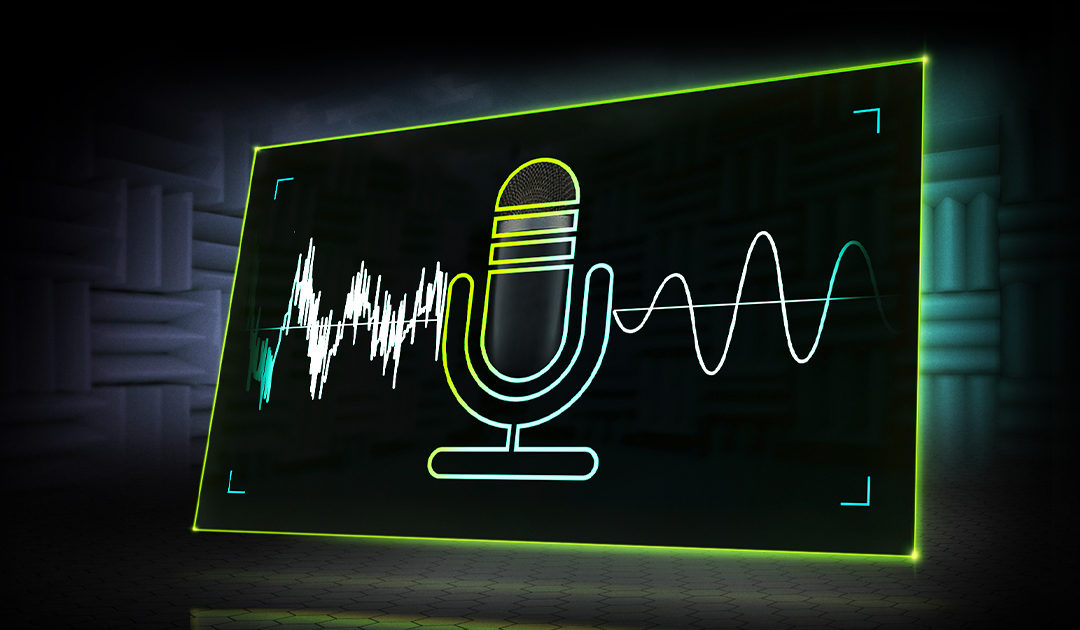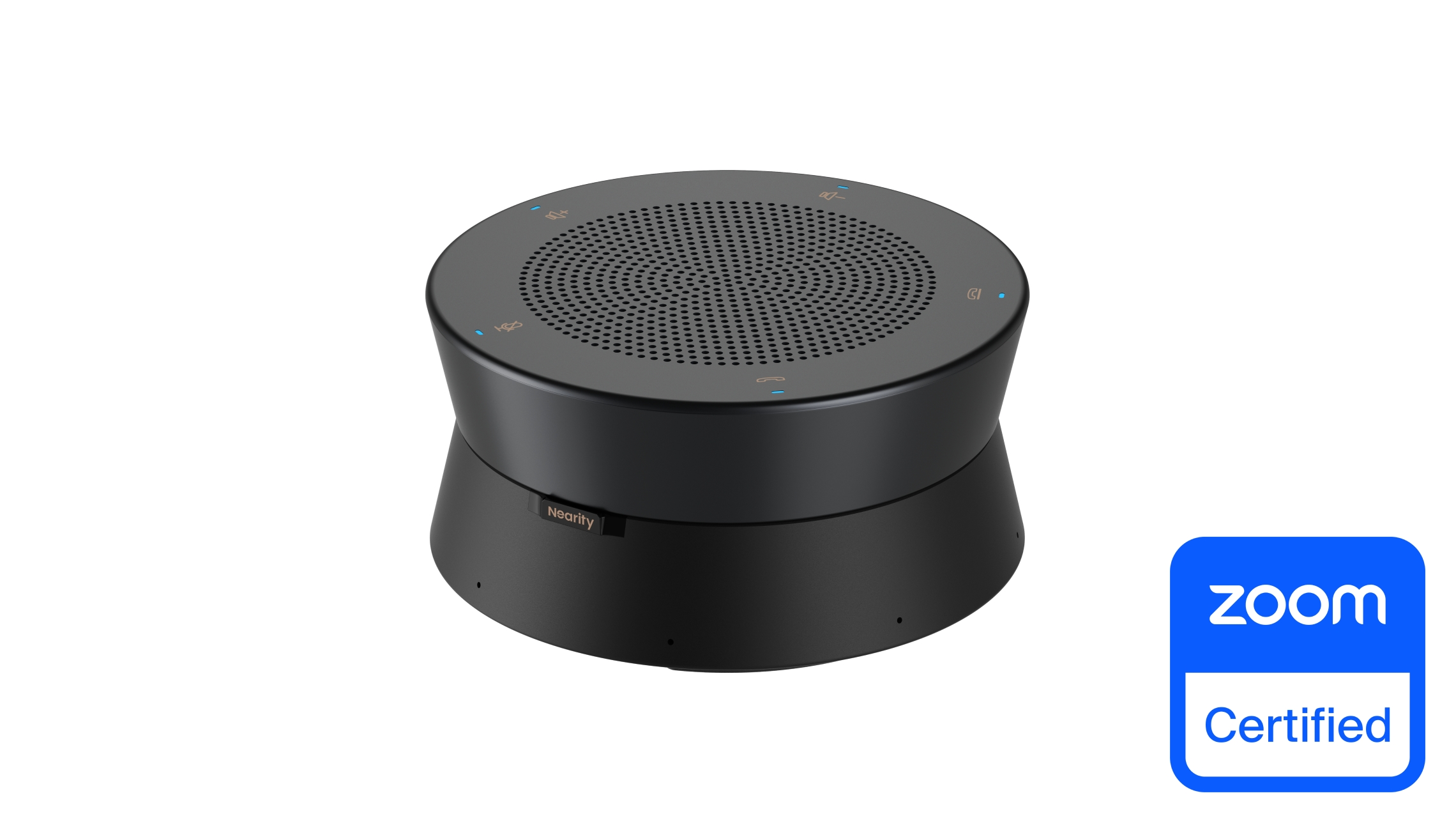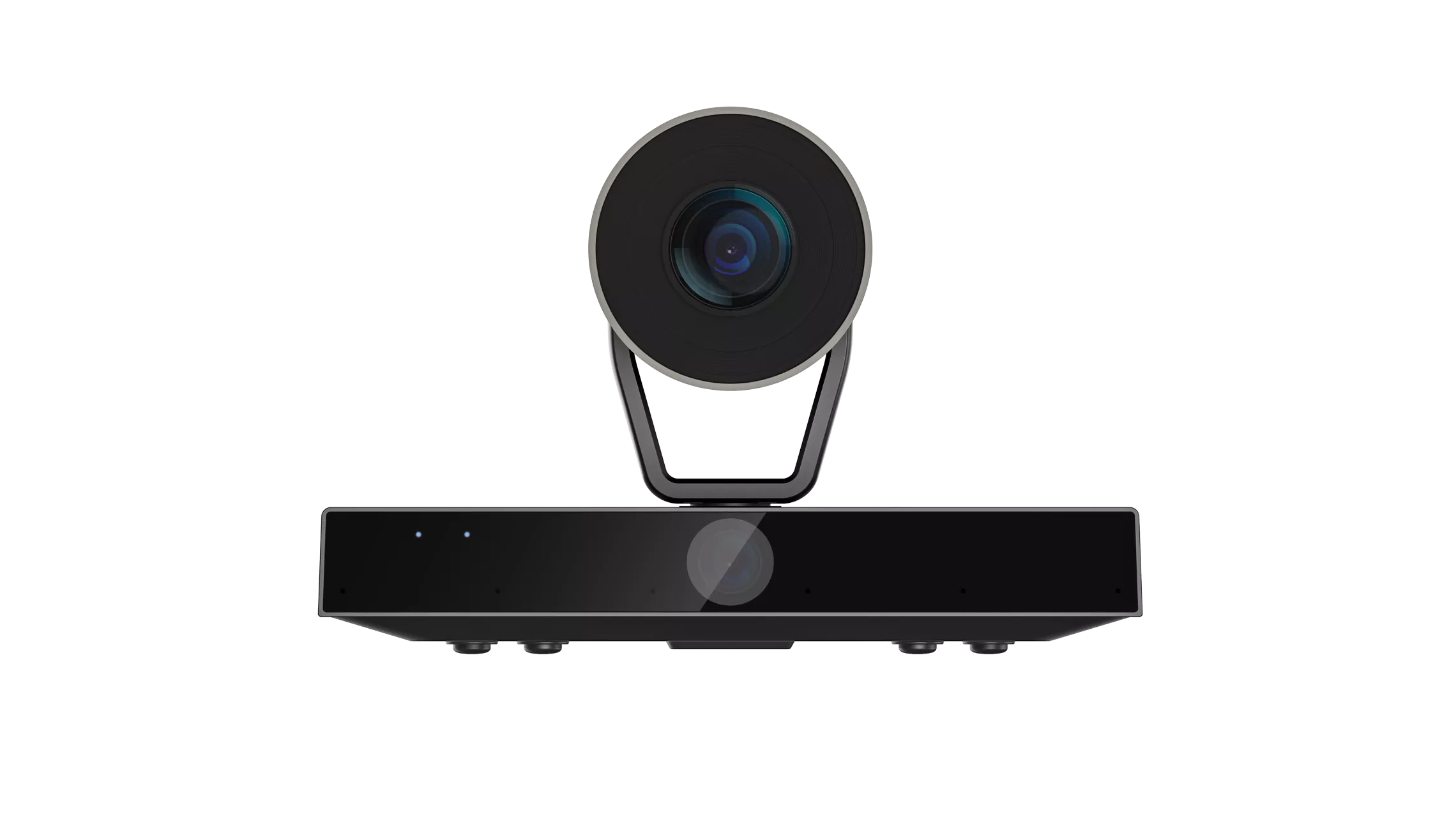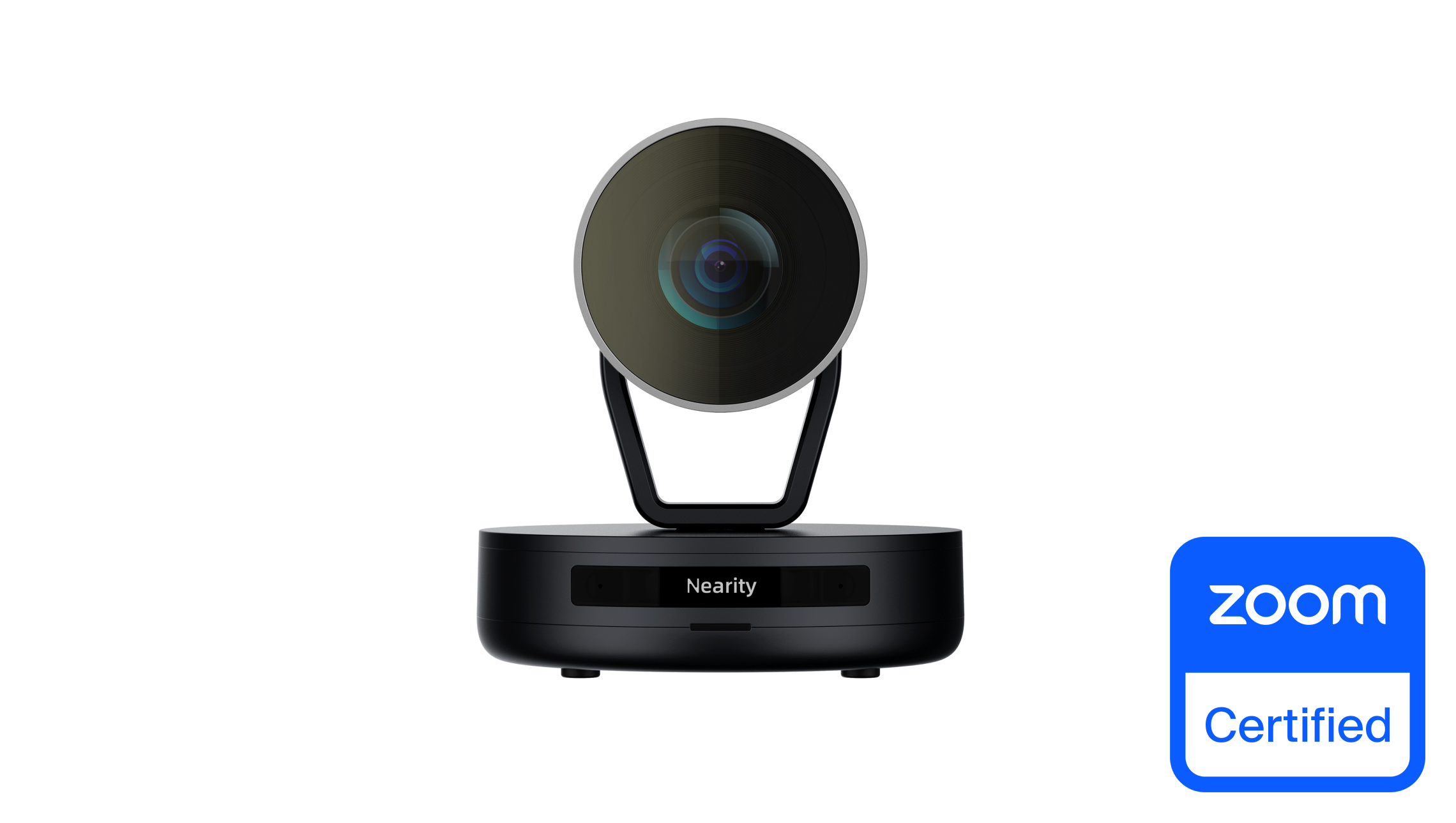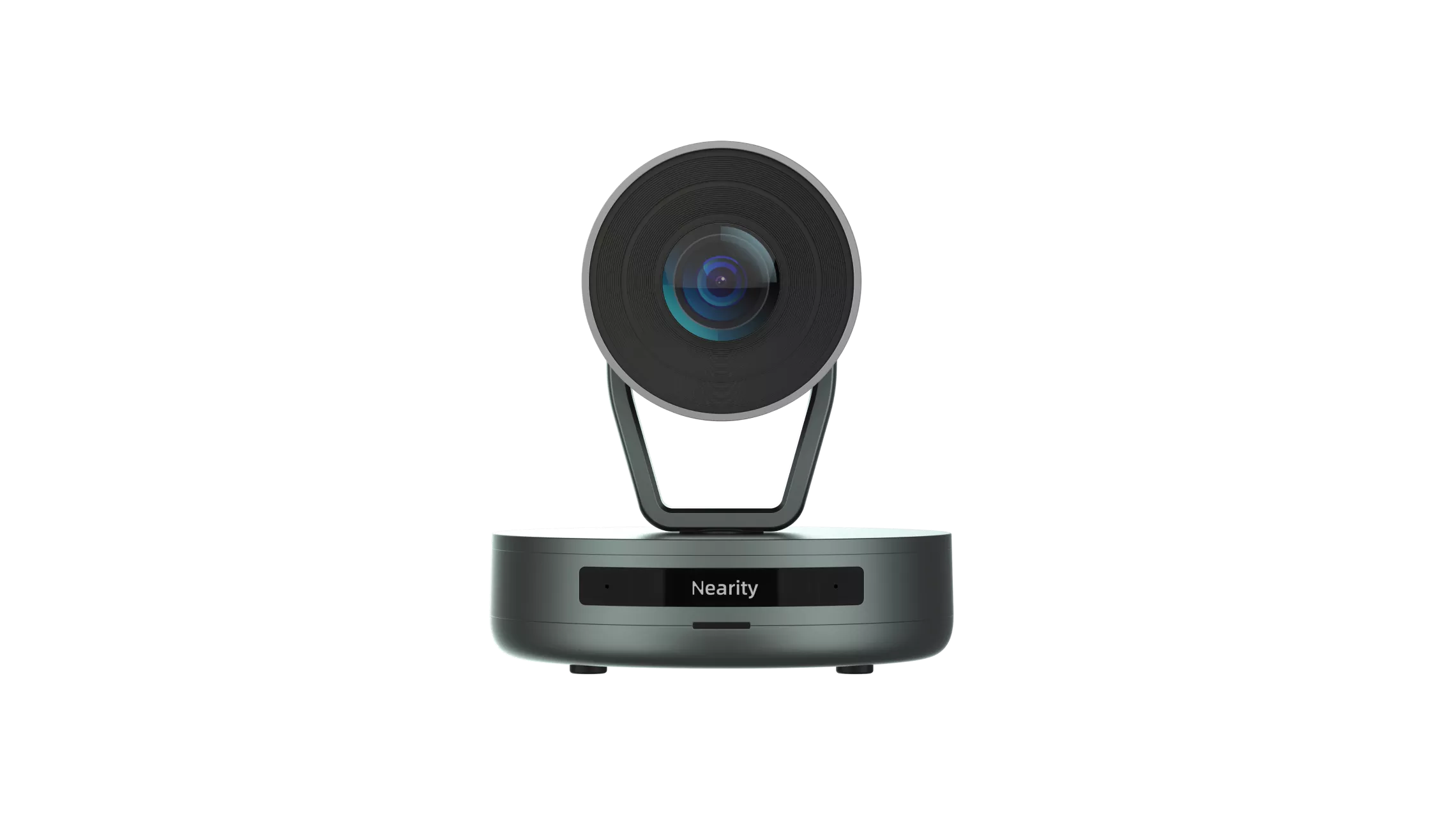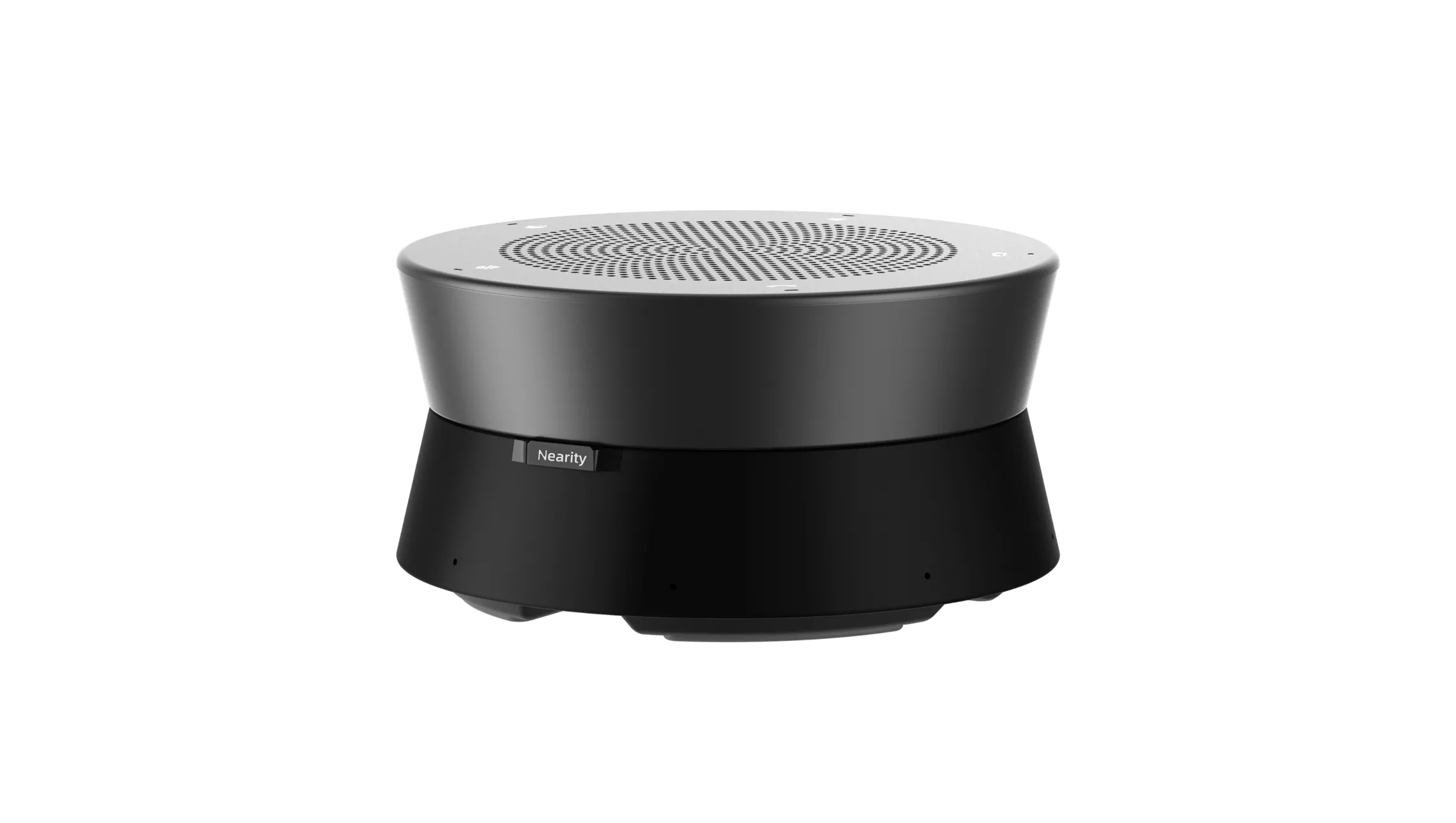Noise Suppression and Its Applications in Video Conferencing
When it comes to video conferencing, noise can significantly affect the quality of the call. Background noise, echoes, and feedback can all cause distortion and make it difficult for participants to communicate effectively. One way to mitigate the impact of noise on video conferencing is to use Noise Suppression technology. To address this, noise suppression technology has emerged as an innovative solution that enables video conferencing systems to effectively filter out unwanted noise, ensuring clear and uninterrupted communication.
In this article, we will delve into the technical aspects of noise suppression and its application in video conferencing, exploring the various techniques and tools that make this technology possible.
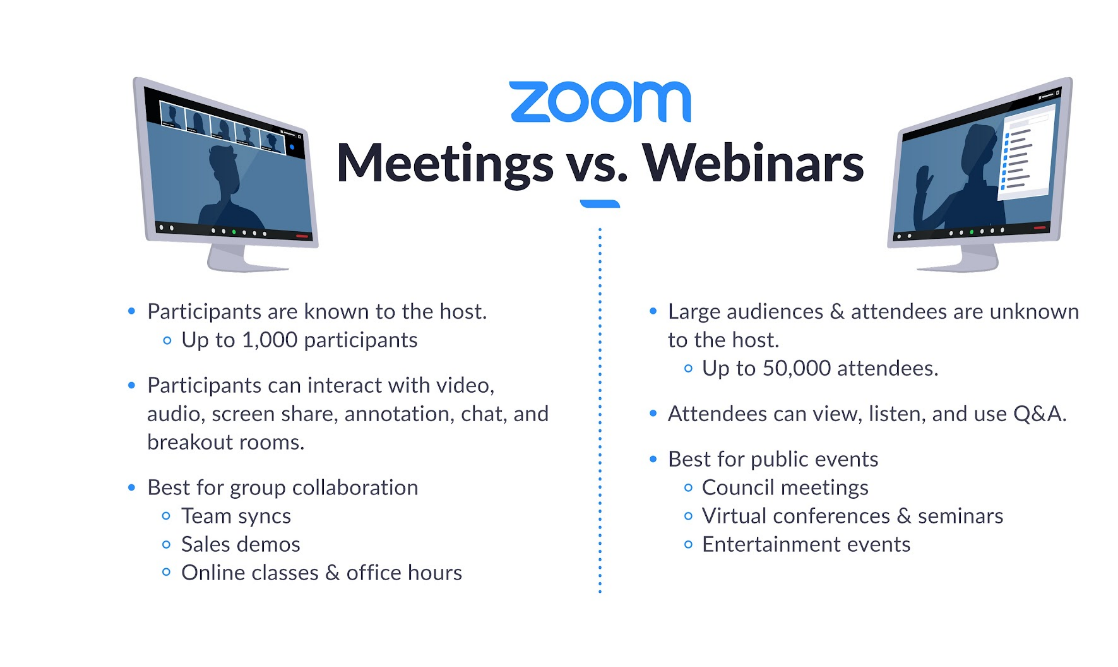
What is noise suppression in video conferencing?
Noise suppression in video conferencing is a feature that is designed to eliminate or reduce unwanted background noise from audio input in real time during a video conference call. Various sources, such as the microphone, the speaker, or the environment, can introduce noise in video conferencing, which can distract and annoy, interfering with the clarity of the audio.
Noise suppression in video conferencing uses algorithms that analyze the audio input to identify and distinguish between the desired audio signal and the background noise. The algorithms later filter out the noise without affecting the call's speech or other important audio information.
The noise suppression feature in video conferencing is essential for ensuring a clear and effective communication experience. It can improve the audio quality of a call, reduce distractions, and enhance overall productivity. It is especially important for remote workers in environments with significant background noise. By suppressing unwanted noise in real-time, participants can focus on the conversation without being interrupted by distracting noises.
How does noise suppression Work?
Noise suppression identifies and removes unwanted background noise from an audio signal while preserving the desired audio content. The process typically involves several steps:
Pre-processing: The audio signal is analyzed to identify the noise and the desired audio content. This step may involve filtering, frequency analysis, and time-domain analysis.
Noise estimation: The noise level and characteristics are estimated based on the audio signal analysis. We can do this using various techniques, such as statistical analysis, spectral analysis, or adaptive filtering.
Noise reduction: The estimated noise is reduced or removed from the audio signal. We can do this using various techniques, such as spectral subtraction, Wiener filtering, or adaptive filtering.
Post-processing: An algorithm analyzes the processed audio signal to preserve the desired audio content and remove unwanted noise. This step may involve further filtering or signal enhancement.
The effectiveness of noise suppression depends on the quality of the input signal and the accuracy of the noise estimation and reduction algorithms. In some cases, noise suppression may introduce some distortion or artifacts in the processed signal, which we must carefully balance against the benefits of noise reduction. Overall, noise suppression is an important engineering aspect for improving the quality and clarity of audio signals, especially in noisy environments.
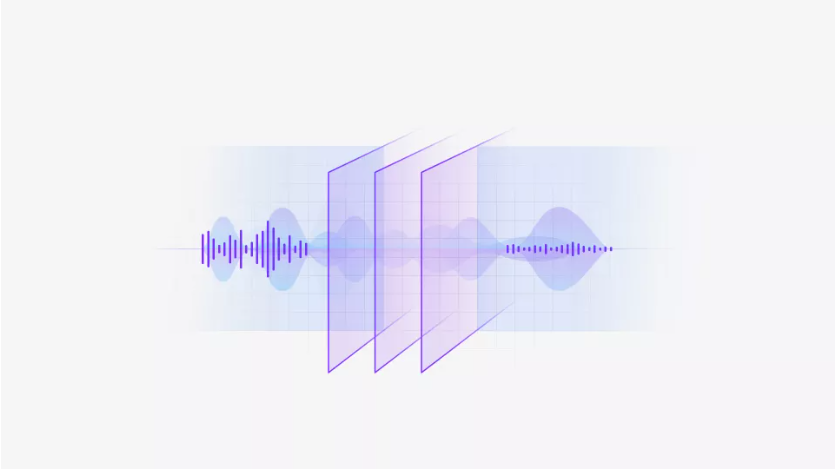
Benefits of using a noise suppression device in video conferencing
Using a noise suppression device in video conferencing can provide improved audio quality, increased productivity, enhanced user experience, flexibility, cost savings, and privacy. It can help ensure clear and effective communication, reduce misunderstandings, and make video conferencing more enjoyable and less frustrating for participants. Moreover, you can use it in various environments, including noisy public spaces, home offices, and conference rooms. Additionally, it can eliminate the need for expensive soundproofing and acoustic treatments in conference rooms and ensure that private conversations remain confidential.
Noise suppression technology by Nearity
Nearity is a company that specializes in developing and implementing noise suppression technology. We designed our technology to use machine learning algorithms to detect and remove unwanted noise from audio recordings or live audio in real time.
One of the key features of the Nearity device is its advanced noise suppression and AI noise reduction algorithms, designed to reduce noise's impact on video conferencing and improve audio quality.
The advanced noise suppression algorithm in the Nearity devices (such as the Nearity A20 speakerphone) uses signal processing techniques to identify and filter out unwanted noise sources in real-time. It can filter out constant and intermittent noise sources, such as background noise, echoes, and feedback. This results in clearer and more intelligible audio for participants, even in noisy environments.

The AI noise reduction algorithm used in the Nearity device (such as Nearity A20S Conference Speakermic and V30 UHD conference camera) is a cutting-edge technology that leverages machine learning to improve audio quality. It uses artificial intelligence to analyze audio signals and identify noise sources, then applies sophisticated algorithms to remove unwanted noise while preserving the important parts of the audio signal. This produces even clearer audio for participants, even in extremely noisy environments.
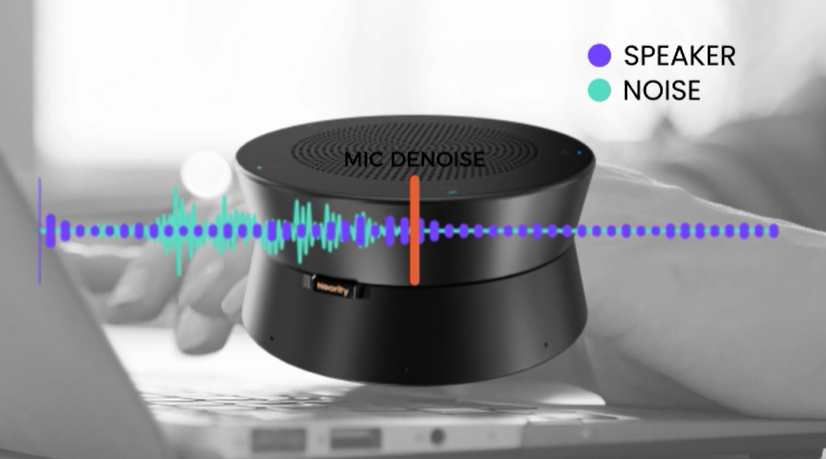
Closing thoughts
Noise suppression technology has revolutionized the way we communicate through video conferencing. By utilizing advanced algorithms and techniques, this technology enables us to effectively remove unwanted noise, creating a clean and distraction-free environment that enhances communication and collaboration.
And here at Nearity HQ, we create powerful devices for video conferencing and other audio communication applications. Our advanced noise suppression and AI noise reduction algorithms work together to reduce the impact of noise on video conferencing and improve audio quality. Our professional workspace devices, such as Nearity A20S Conference Speakermic and V30 UHD conference camera, are an excellent choice in noisy environments where clear communication can be challenging.
Read More
1.Using Echo Cancellation Speakerphones for Zoom Meetings
2.How to Choose the Virtual Meeting Tech for Remote Team
3.Reverberation and Dereverberation Effects and Solutions
4.How Zoom Virtual Agent Transforms Customer Support
5.Make Google Meet HIPAA Compliant: Steps to Take



